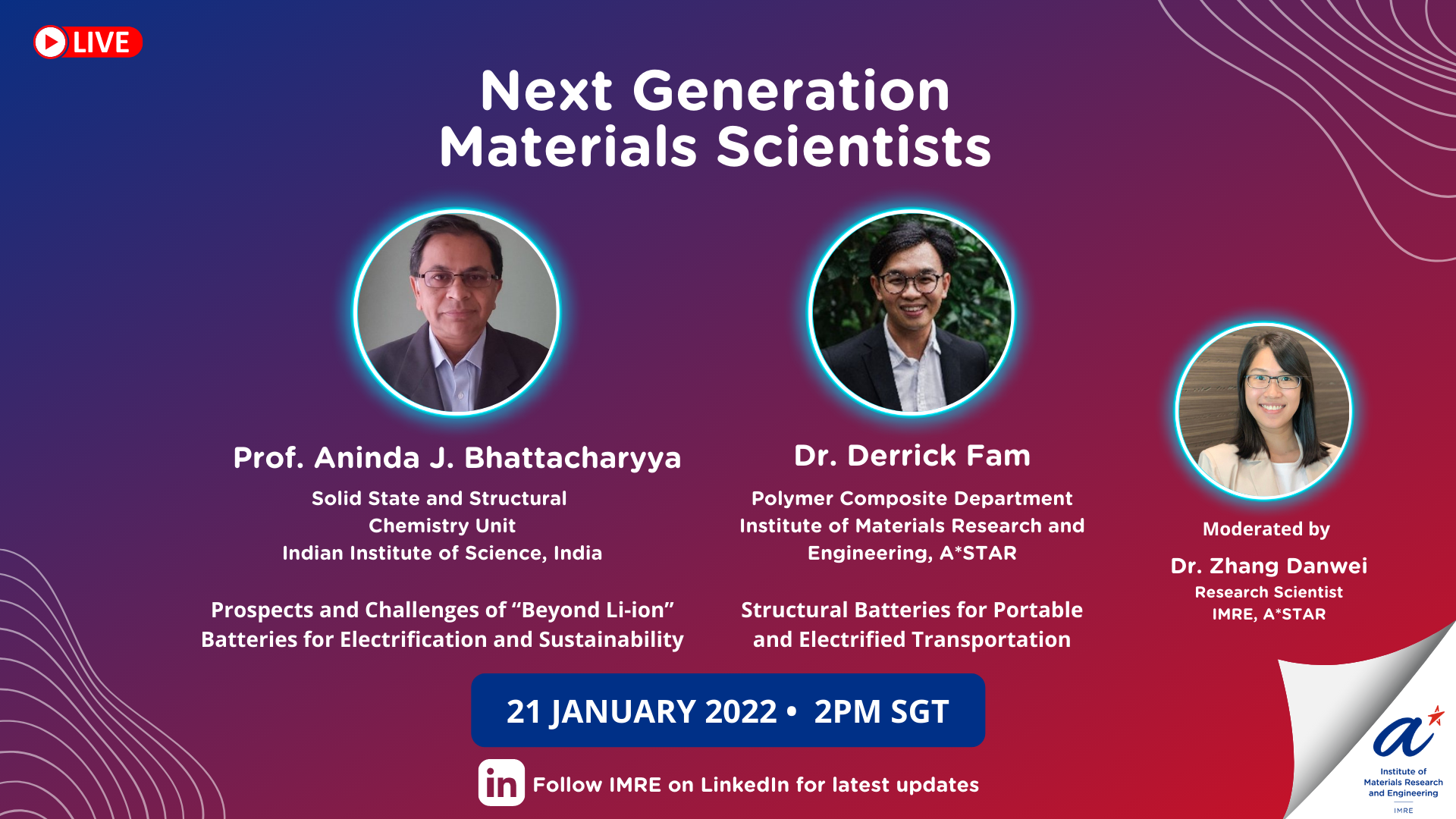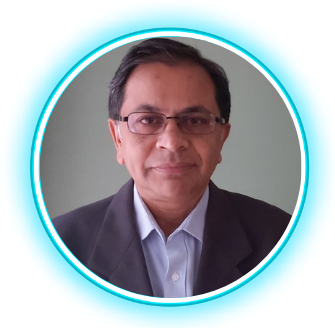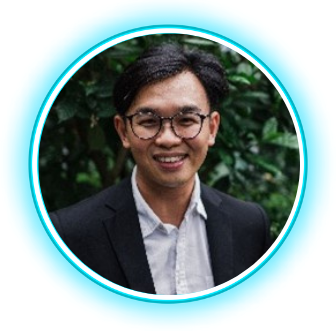Next Generation Materials Scientists
The Next Generation Materials Scientists webinar series organised by A*STAR's Institute of Materials Research and Engineering (IMRE) invites Materials Scientists from all over the world to share with you their cutting-edge technologies that change our materials of tomorrow.
This series will be hosted by IMRE's scientist, Dr. Zhang Danwei.
This series will be hosted by IMRE's scientist, Dr. Zhang Danwei.

Date
Speakers
21 January 2022
2:00pm to 3:30pm
(SG Time)

Prof. Aninda Jiban Bhattacharyya
Solid State and Structural Chemistry Unit
Indian Institute of Science, India
Title: Prospects and Challenges of “Beyond Li-ion” Batteries for Electrification and SustainabilityAbstract
Li-ion battery (LiB) will complete half a century in 2022. Since its commercialization in 1991, LiBs have revolutionized mobile electronics and found it’s way into many other practical devices. Based on LiBs, electric vehicles are also taking off, and extensive explorations are ongoing for integration with the electric grid and renewables, e.g., solar, wind. While advanced LiBs may offer good power and energy density, these are unlikely to meet the stiff scale-up targets concerning performance, cost, safety in large-scale applications as mentioned above. These factors coupled with the sustainability drive of National and International agencies, investigations have now accelerated on alternative battery systems, so-called the “beyond Li-ion” technologies. The beneficial impact of this strategy is that it instantly opens diverse avenues to enhance energy density. Beyond Li-ion battery chemistries focus on earth-abundant and low-cost materials, and have a higher degree of recyclability than Li. In contrast to Li-ion, which relies predominantly on the redox processes of rare and expensive transition metal compounds, “beyond Li-ion” batteries (e.g., Na, K, Mg, Ca, Al), ushers in opportunities for probing the redox properties of molecules/elements (e.g., O2, N2, CO2, S). Despite the significant advantages, “beyond Li-ion” chemistries are burdened with several challenges that need to be alleviated at the fundamental level before its venture into widespread commercialization. Following a brief overview of our research efforts in Li-ion batteries, I will mainly discuss our contributions in metal-sulfur batteries, an important “beyond Li-ion” battery system. The talk will discuss materials design strategies and novel sulfur-cell configurations and highlight the importance of in operando studies in developing high-performance and cost-effective metal-sulfur batteries for prospective multi-length-scale applications.
Biography
Aninda Jiban Bhattacharyya is a Professor at the Solid State and Structural Chemistry Unit, Indian Institute of Science, Bengaluru. His research group at SSCU primarily focuses on studying diverse materials, electrochemical processes, and systems of relevance to energy and sensing. Prof. Bhattacharyya has been awarded the C.N.R. Rao National Prize for Chemical Research, CRSI-2016, Materials Research Society India (MRSI) Medal-2013, Indo American Frontiers of Science Award (IAFOS)-2013. He is the Fellow of the Indian Academy of Sciences (IAS), Bengaluru, National Academy of Sciences India (NASI), Allahabad and Indian National Science Academy (INSA), New Delhi. He is a member of several science societies within India and abroad.

Dr. Derrick Fam
Polymer Composite Department, Institute of Materials Research and Engineering, A*STAR
Title: Structural batteries for portable and electrified transportationAbstract
Electrification could provide many benefits towards the environment like lessening the dependence on non-renewable resources and reducing emissions when applied in the space of transportation. However, their battery packs take up a significant amount of space, decreasing the cargo capacity of EVs and payload of electric planes. Therefore, electrification of transportation options is driven largely by the advancement of battery technology and light-weighting composites with the goal of achieving a higher energy while reducing weight and saving space.
To that end, the concept of providing structural power in the form of multifunctional structural power devices has been deemed as a potentially viable strategy to achieve both high energy density, light-weighting, and space savings simultaneously. However, the scientific problems facing the development of multifunctional materials for structural power devices are especially hard to solve due to the seemingly incongruent material requirements for energy storage and structural stability. In this talk, I will be taking you through the various strategies my group are employing to overcome the challenges of multifunctionality in the various constituent materials to achieve overall systemic efficiencies in energy storage and structural stability.
Biography
Derrick obtained his Bachelor of Engineering and Doctorate from the School of Materials Science and Engineering (MSE), NTU, in 2006 and 2012, respectively. After a two-year stint as a research fellow with MSE in the CREATE-HUJI-NTU programme, he was awarded the A*STAR International Fellowship (A*IF) and did his postdoctoral research in Imperial College London in 2014, working on structural supercapacitors. In 2016, he returned to Singapore and assumed the role of a scientist in the Institute of Materials Research and Engineering, A*STAR. He is currently serving as the Programme Director for the Structural Power for portable and electrified transportation (AME programme, awarded April 2021) that is focused on developing structural batteries for various applications. His current research interest is in the design and development of multifunctional and sustainable energy storage materials to achieve space and weight efficiencies, at a systemic level. Specifically, his group has been working on the development of structurally robust and sustainable polymer and composite ionic conductors for rechargeable batteries and supercapacitors, to be applied in portable electronics, wearables, and electrified transportation.
A*STAR celebrates International Women's Day

From groundbreaking discoveries to cutting-edge research, our researchers are empowering the next generation of female science, technology, engineering and mathematics (STEM) leaders.
Get inspired by our #WomeninSTEM
.png?sfvrsn=b59474e9_3)